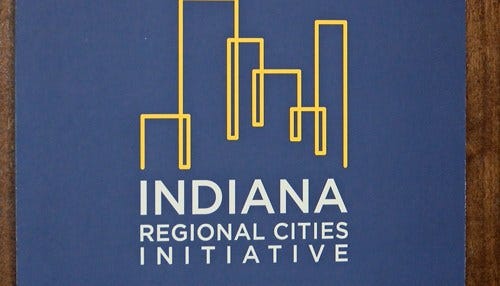Study: Regional Cities ‘More Successful’ Than Anticipated

Subscriber Benefit
As a subscriber you can listen to articles at work, in the car, or while you work out. Subscribe NowA new Ball State University report shows the state’s Regional Cities Initiative is delivering a positive impact. The results, which come from the second phase of a comprehensive study on the talent initiative, suggest RCI has been "even more successful than most had hoped or predicted." Greater Fort Wayne Inc. Chief Executive Officer Eric Doden, whose region received matching funds through the program, will be a guest this weekend on Inside INdiana Business with Gerry Dick.
The second phase involved interviews with 30 economic development and chamber of commerce leaders. The Metro Alliance Chamber initiated the study.
Indiana Communities Institute Director of Public Policy and Engagement Beth Neu said "Regional Cities funding is designed to help attract and retain talent, but it’s also changing how current residents view their communities. Taken together with previous research, it’s clear that collaborating as regions has a long-term future in Indiana."
Common themes in the interview results, Ball State says, include:
- RCI has been "even more successful than most had hoped or predicted" in all three regions — Northeast, North Central and Southwest
- The initiative has already helped to attract more private investment than was projected
- The initiative has sparked increased enthusiasm from residents and visitors about their communities
- Communities working together as regions makes the state more attractive to new residents and maximizes the benefits of limited resources
- The initiative helped improve communities of all sizes; leaders were pleasantly surprised by the importance placed on improving smaller communities
- Indiana should continue RCI to compete with other states for a talented workforce
The first phase was released in December and it showed the program generated a $1.2 billion economic impact. Most of the funding for the 64 projects has come through private sources, the research found.
You can connect to more about the second phase of the study by clicking here.
